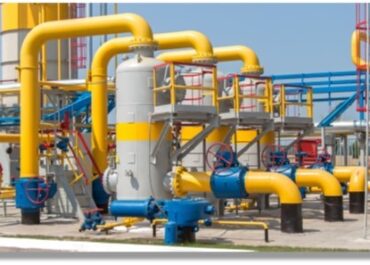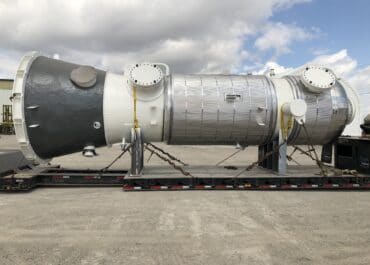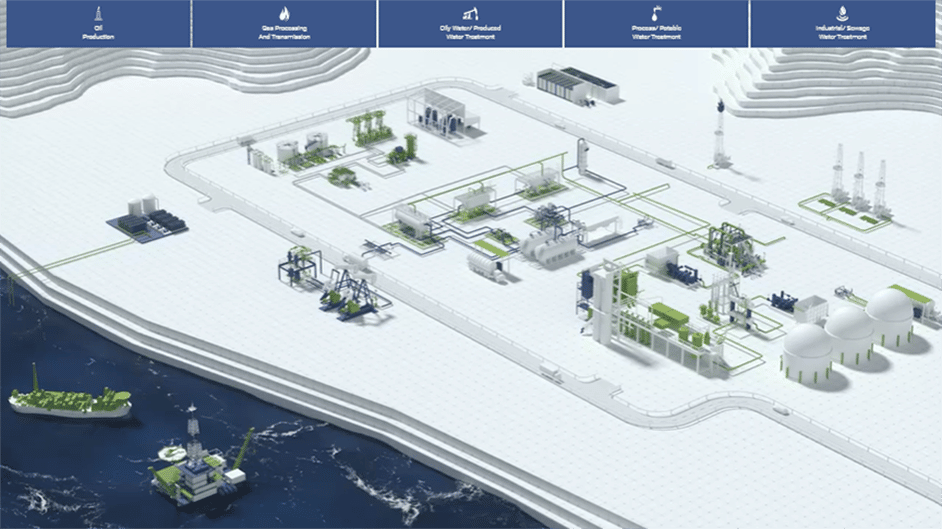Peerless Separation & Filtration
SEPARATION AND FILTRATION EXPERTISE
The Peerless Separation & Filtration group is a global leader in separation technologies for the oil, gas, power and petrochemical markets. Our focus is to provide systems for the protection of capital equipment, product separation and recovery or optimized process efficiency.
Offering systems for both onshore and offshore applications, Peerless designs and supplies a wide range of compact, high-efficiency process separation and filtration equipment for a variety of applications. Peerless also brings decades of experience and a team with deep expertise to deliver reliable, economical water treatment solutions. From produced water to wastewater to potable water packages, Peerless can help you achieve optimal performance.
Our globally recognized brands include Peerless, Burgess Manning for multi-phase process separation and filtration, Skimovex for oily water separation, and water treatment packages.
Peerless products, solutions and services include:
- Separation & filtration process internals and systems
- Air intake filtration systems for Gas Turbines and HVAC
- Filter Separators and Gas Coalescers
- Liquid Filters and Liquid-Liquid Coalescers
- Nuclear power & Geothermal power steam separators
- Multi-cyclone centrifugal separators
- Oil production & treatment systems
- Produced water & oily water treatment systems
- Sand management systems
The 90-year history of Peerless began in 1933 when Donald A. Sillers founded the Peerless Mfg. Co. Shortly after the company’s launch, Peerless announced the invention of the first M-Type Odorizer in 1937 to improve the safety of natural gas distribution. The growth of Peerless continued through the following decades with the introduction of its SCR division in 1988, acquisitions of Burgess Manning in 2008 and CCA in 2014, and expansion into global markets such as Europe, China, and Canada starting in 2010. Peerless became part of the CECO Environmental family in 2015.
Through the years, Peerless has successfully installed thousands of systems across our global footprint. Our engineers and fabrication partners in locations across the Americas, Europe, Middle East, and Asia ensure our products quality, on-time delivery, and cost-effectiveness. Peerless serves customers throughout the energy lifecycle – Upstream, Midstream, and Downstream.
Headquartered in the United States with offices in the UK, Dubai, Shanghai, India and Singapore, Peerless serves customers in all time zones.






Check out the CECO Interactive Solutions Map to explore separation & filtration technologies from Peerless.
INDUSTRY SPOTLIGHT



Chemical product manufacturing involves the handling of acids, carcinogenic and toxic chemicals, along with the emission of fumes that contain volatile organic compounds (VOCs), hazardous air pollutants (HAPs), and particulates. CECO Environmental commonly addresses the challenges of the chemical product manufacturing industry with clean, safe, and efficient products and solutions within our CECO family of brands shown below.
Dallas, TX, USA
Phone: 214-357-6181
Elma, NY, USA
Phone: 716-662-6540
Stansted, Essex, United Kingdom
Phone: +44-1439-330623
Dubai, United Arab Emirates
Phone: +971 (0) 4434 0004
Pune, India
Phone: +91 (020) 27409700
Singapore
Phone: +65-6472-0020
Shanghai, China
Phone: +86-21-62560387